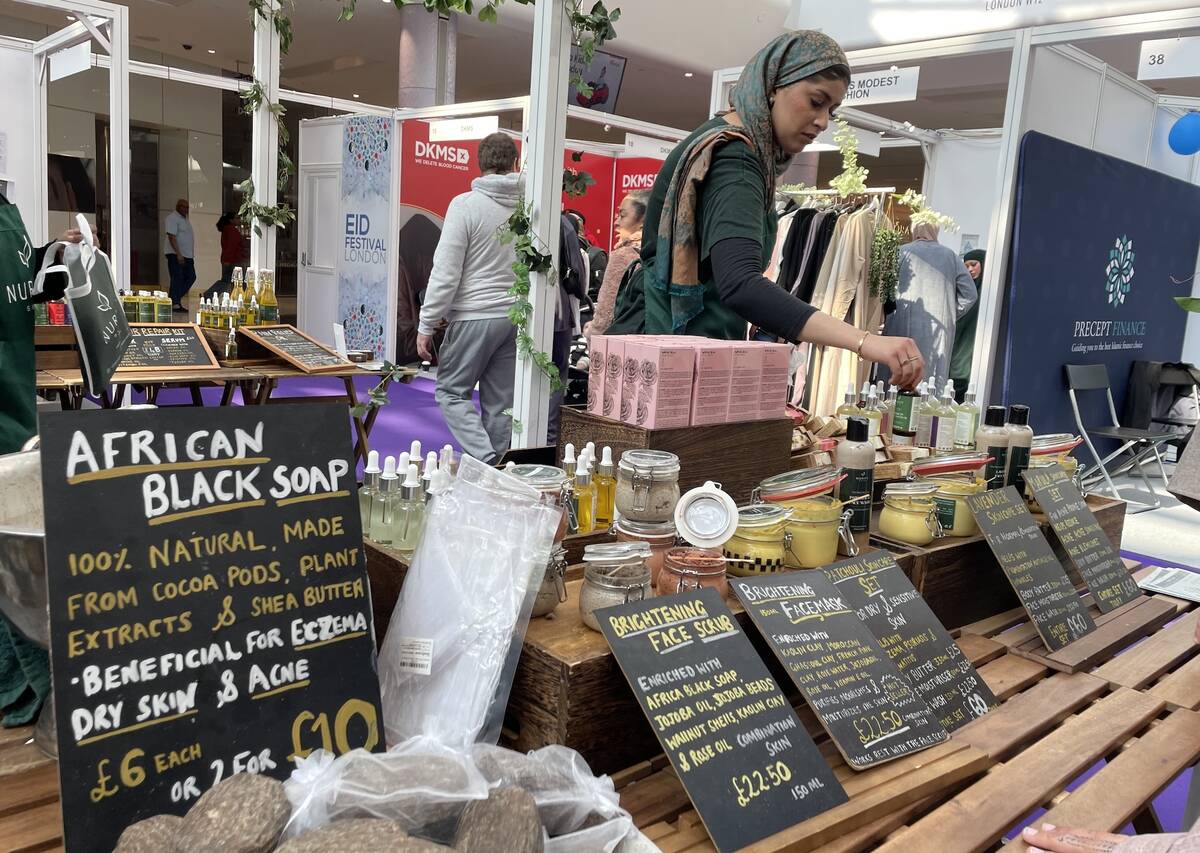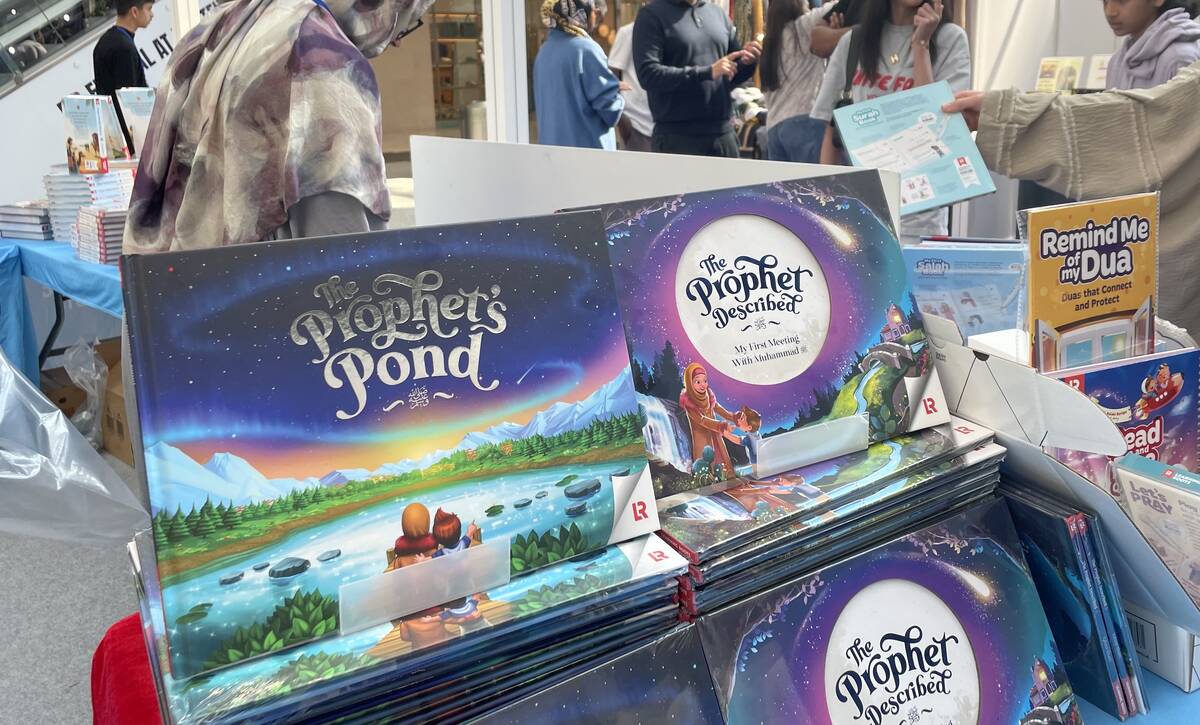KUALA LUMPUR: Deeply rooted in Malaysia’s culture, night markets are teeming with life during Ramadan, when both Muslims and non-Muslims flock to these bustling venues to be greeted with culinary surprises that keep up with the latest food trends.
Over the years, the idea of bazaars during Ramadan has become prominent, with the capital’s biggest night markets — such as the one in Wangsa Maju area — featuring a long line of food stalls that stretch for hundreds of meters.
“We have been selling kuih muih and nasi lemak for many years now — the recipe is my grandmother’s,” Siti Amirah Hassan, who runs a stall at the Sri Sinar Bazaar in Kuala Lumpur’s Segambut district, told Arab News.
Kuih muih is a broad assortment of traditional bite-sized snacks, with the main ingredients being grated coconut, pandan leaves and palm sugar.
Hassan, a third-generation cook in her family, said that adapting to the customers’ changing preferences has meant transforming her family’s recipes to fit new trends, including adding fried lobsters to nasi lemak, which is traditionally served with fried chicken.
“Now we cannot get by just by selling the traditional nasi lemak or the Malay kuih muih … we have to keep doing new things. If I don’t do it, someone else will, then we lose the business,” she said.
As the bazaars have grown in both size and diversity over the years, they now showcase not only Malaysia’s rich food landscape, but also contemporary and viral food, artisanal products and modern takes on traditional dishes.
But the changes have also created opportunities for sellers like Arif Abdul Rahman, whose stall in Wangsa Maju offers molten chocolate and red velvet cakes.
“Ramadan bazaars changed a lot already; last time only the traditional things will sell,” he told Arab News.
“Malaysian mentality is very different now. Everyone is OK; they are open to trying new things,” he said. “Through this, we get an opportunity to build our business and establish it in our community.”
For Arif and his peers, Ramadan bazaars are a great source of income.
More than 65,000 stalls were opened for Ramadan bazaars, according to a 2023 report by Malaysia’s Department of Statistics, generating about 1.9 billion ringgit ($428 million) in total sales.
“Ramadan time (is) very lucrative, almost four times (sales for the) business,” Rahman said. “Hopefully this can continue for a long time.”
Under vibrant-colored canopies, sellers at the bazaars offer a variety of cuisines ranging from traditional Malay meals to Indian fusion dishes, while others have ventured into Western and Arabic fares.
Ramadan bazaars are also found in smaller neighborhoods throughout the capital, as many Malaysians consider them a must-visit during the holy month.
While Muslims would visit the markets as early as 4 p.m. each day to buy meals for iftar, the bazaars are also frequented by non-Muslims in search of good food.
The popularity of these bazaars is likely to continue, as for customers like Nina Fazliana Muhammad, visiting them is a family excursion.
“I have got three kids, all under the age of seven. They are always in a better mood after a walk through our neighborhood bazaar, firstly because of the variety of food, but also the fun of spending all that time together,” she told Arab News.
Some days, a trip to the bazaar also offered the 44-year-old entrepreneur a break from cooking.
“A 30-minute walk through the bazaar and I can have a delicious spread ready for a family break of fast. So, truly, it is a lifesaver.”
For Lee Kok Yong, the bazaars have become a tradition.
“Every year … at least once we will go … at this point it is like a family tradition. And, honestly, it is a very nice experience,” he said.
“It is like a one-stop where we get to not just eat our hearts out, but learn about new food traditions.”

































